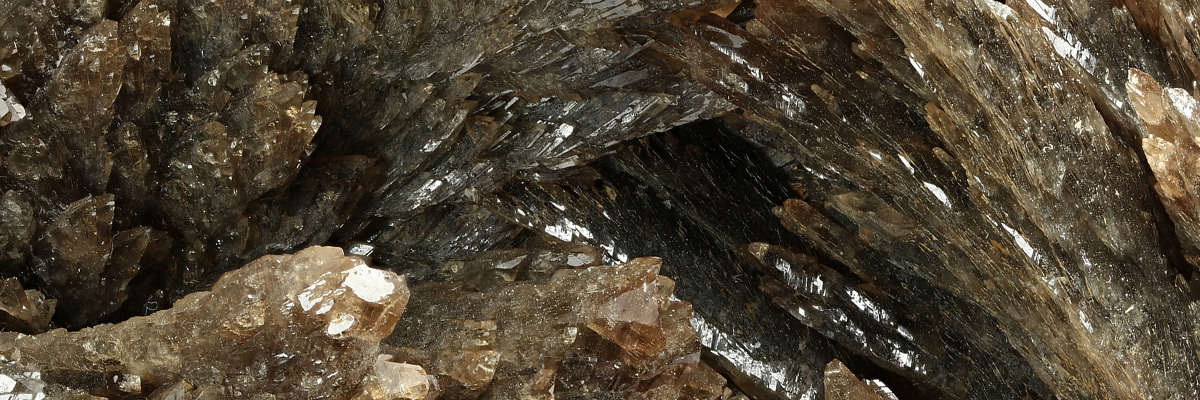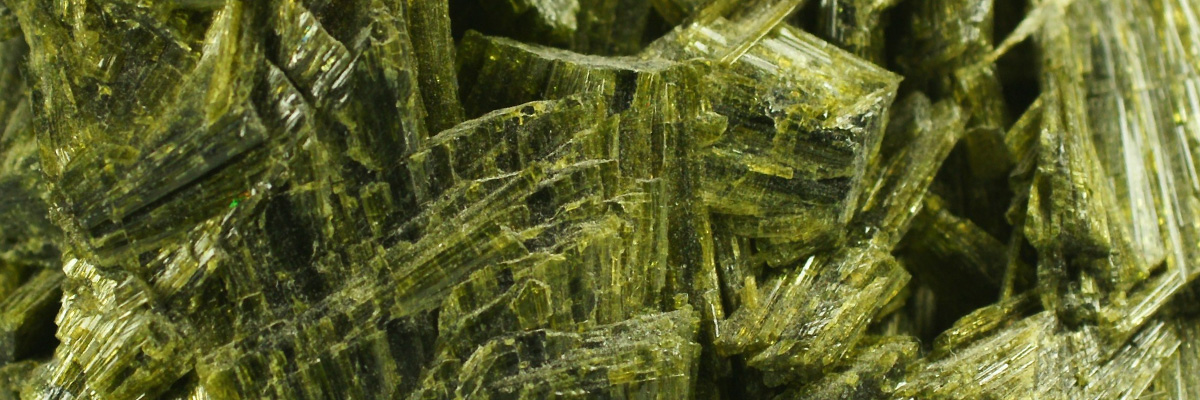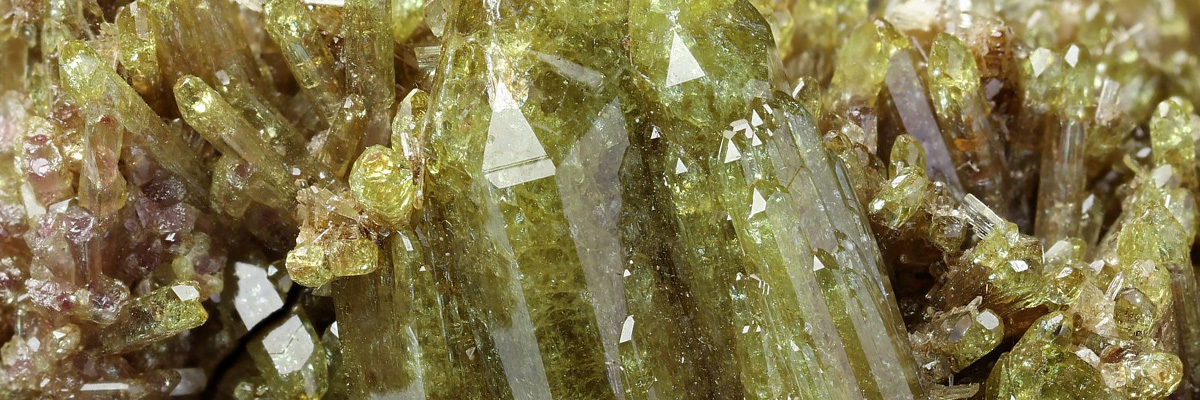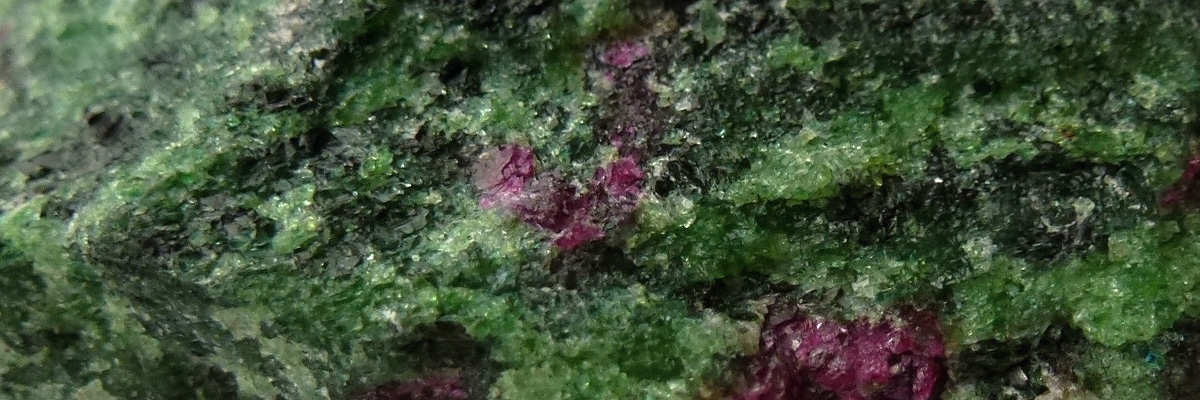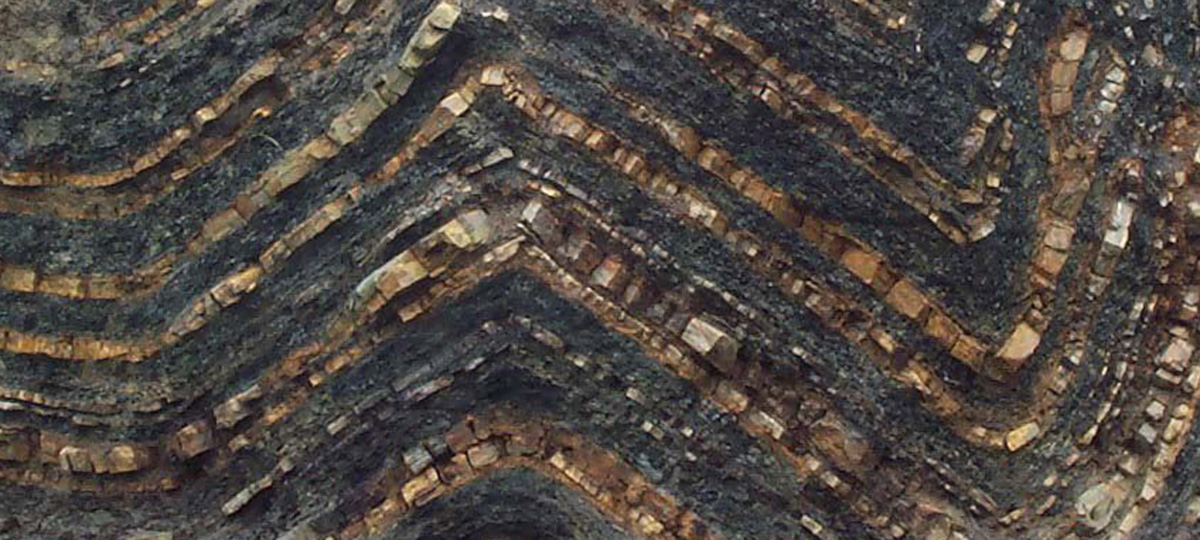Sorosilicates, also known as pyrosilicates, are a group of silicate minerals characterized by the linking of two silica tetrahedra (SiO4) through one shared oxygen atom, forming pairs. These minerals are found in various geological environments, such as igneous, metamorphic, and sedimentary rocks. Sorosilicates are known for their unique crystal structures and diverse range of physical properties, as well as their significance in various industrial applications and geological studies.
Formation
Sorosilicate minerals primarily form through the cooling and solidification of magma and lava, as well as through metamorphic processes where rocks undergo changes in mineralogy, texture, and composition due to heat, pressure, and the introduction of new chemical elements. They can also form as the end product of weathering processes or through hydrothermal activity, precipitating from aqueous solutions to create mineral deposits.
Types
The sorosilicate group includes several notable minerals, such as epidote and vesuvianite.
- Epidote:
A calcium aluminum iron silicate mineral, epidote is commonly found in metamorphic rocks, such as schist and gneiss, as well as in some igneous rocks and hydrothermal veins. It exhibits a characteristic elongated, prismatic crystal habit and is known for its pistachio-green color. - Vesuvianite:
A calcium aluminum magnesium silicate mineral, vesuvianite is found in contact metamorphic rocks, where limestone has been altered by nearby igneous intrusions. It has a distinctive tetragonal crystal system and can exhibit various colors, such as green, brown, or blue.
Properties
Sorosilicate minerals display a diverse range of physical properties due to their distinct structures and compositions. They generally have a Mohs hardness ranging from 5 to 7 and can appear transparent, translucent, or opaque. Sorosilicates exhibit various colors and can display different crystal habits, such as prismatic, acicular, or massive.
Significance
Sorosilicate minerals hold significant importance in various fields. In geology, they provide valuable insights into the geological history of an area, the processes that have occurred, and the metamorphic environments where these minerals form.
Sorosilicates also have essential commercial and industrial uses. Epidote is used as a gemstone, while vesuvianite, also known as idocrase, is prized for its unique colors and crystal forms, making it a sought-after gemstone for collectors.
Understanding the distribution, properties, and behavior of sorosilicate minerals is crucial for managing natural resources, evaluating geological hazards, and mitigating the environmental impacts of their extraction and use. Studying these minerals also contributes to our understanding of the complex processes involved in the formation of the Earth’s crust and the various metamorphic environments where they occur.
Examples
-
Allanite
Allanite is a complex calcium aluminum iron silicate mineral belonging to the epidote group within the sorosilicate class. It exhibits a dark brown to black …
-
Axinite
Axinite is a group of calcium aluminum borosilicate minerals belonging to the sorosilicate class, with three main sub-types: ferroaxinite, magnesioaxinite, and manganaxinite. These minerals exhibit …
-
Epidote
Epidote is a calcium aluminum iron silicate mineral belonging to the sorosilicates class. It is known for its pistachio-green to blackish-green color and vitreous to …
-
Lawsonite
Lawsonite is a hydrous calcium aluminum silicate mineral belonging to the sorosilicate class. Its distinct physical characteristics include a pale blue to colorless appearance with …
-
Vesuvianite
Vesuvianite, also known as idocrase, is a complex calcium aluminum magnesium silicate mineral belonging to the sorosilicate class. It exhibits a range of colors, including …
-
Zoisite
Zoisite is a calcium aluminum silicate mineral belonging to the Sorosilicates class and the Epidote group. It exhibits a range of colors, from colorless to …

Related Posts
-
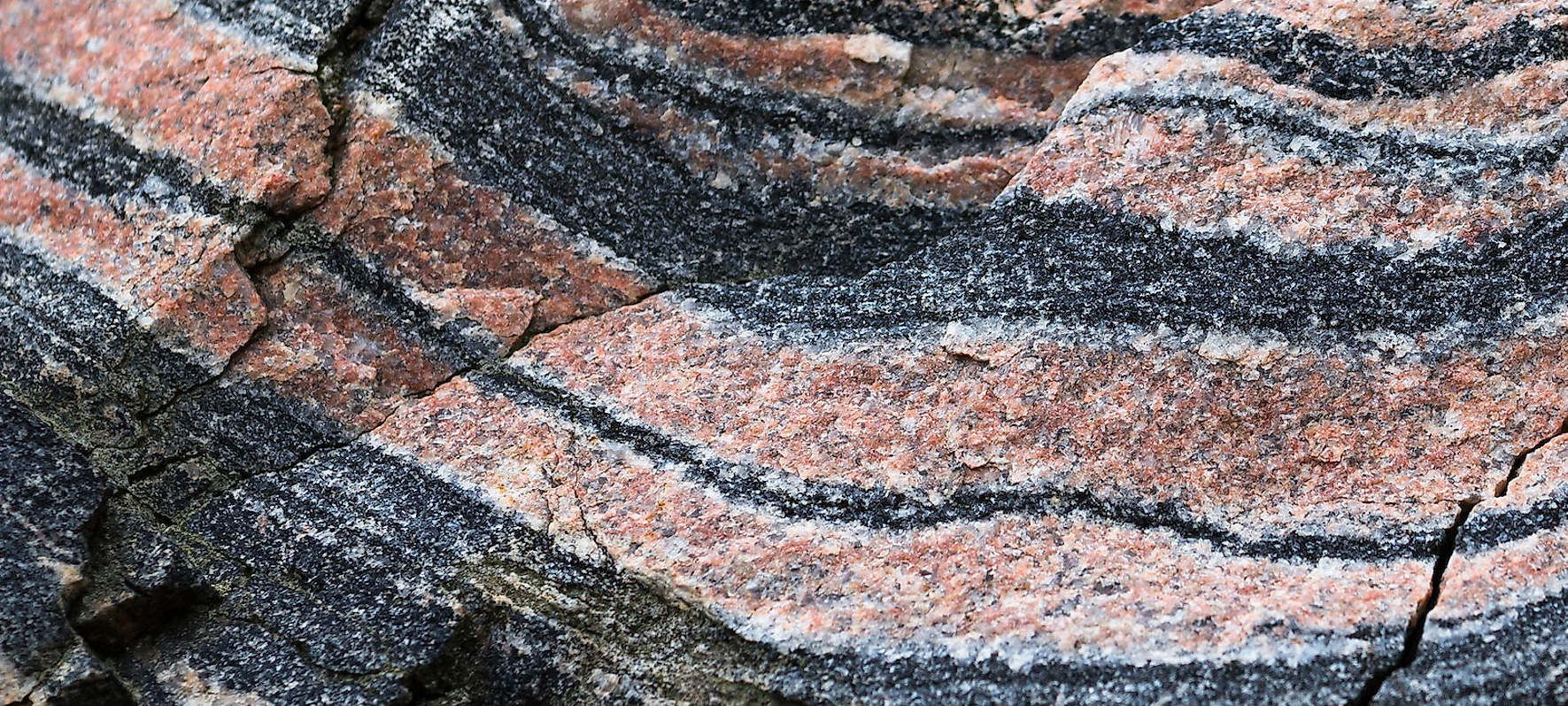
Metamorphic
Metamorphic rocks are a fascinating class of rocks that have undergone transformation due to intense heat, pressure, or mineral exchange deep within the Earth’s crust. …
-
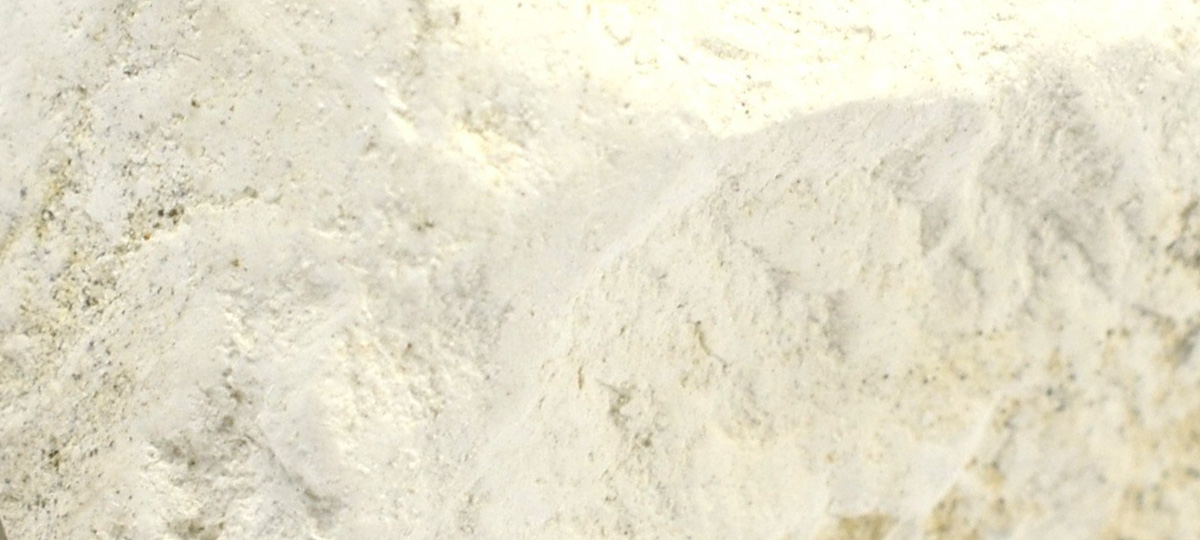
Organic Sedimentary
Organic sedimentary rocks are unique formations derived from the accumulation and preservation of plant and animal remains, providing a window into Earth’s biological history. These …
-

Chemical Sedimentary
Chemical sedimentary rocks are formed from the precipitation of dissolved minerals from water, often due to changing environmental conditions. These captivating rocks offer valuable insights …



